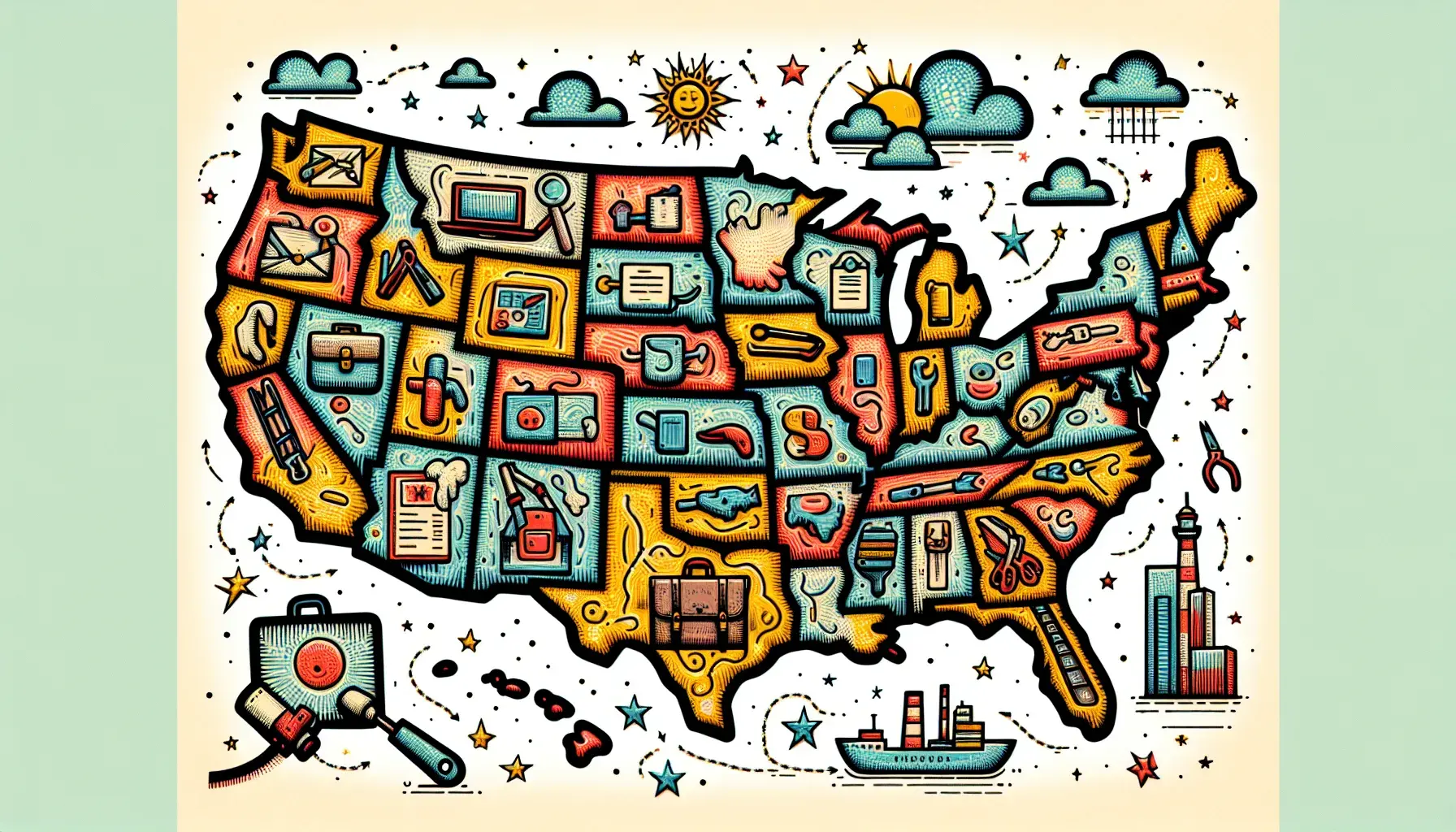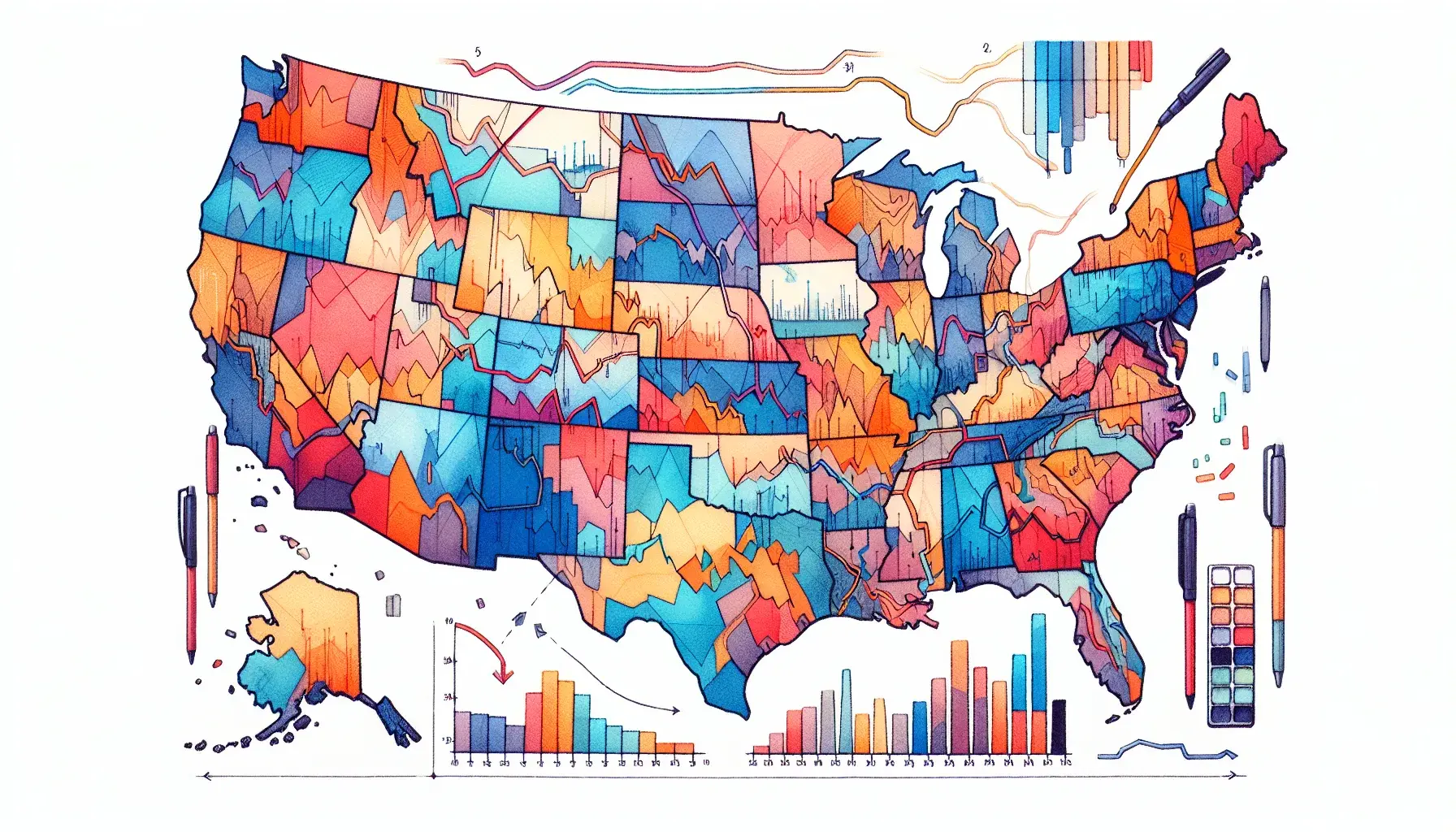Apply for Westcliff University Today!
❤️ 100% Free Assistance + No Fee + Rewards!
We promise we won't spam your inbox with unnecessary emails. Privacy Policy
Looking to move for better prospects? Based on federal data, these states offer the best—and worst—odds of getting hired right now.

Using the Bureau of Labor Statistics’ latest state-level ratio of unemployed people to job openings for July 2025 (lower is better), here are the states where it’s currently easiest and hardest to land work. According to the Bureau of Labor Statistics, this ratio complements headline unemployment rates by showing how many job seekers compete for each opening. BLS released the July 2025 state JOLTS on September 17, 2025.
Lowest unemployed-per-opening ratios (July 2025):
Highest unemployed-per-opening ratios (July 2025):
Unemployment rates provide additional color. In the latest state unemployment report for August 2025, the BLS reported South Dakota with the nation’s lowest jobless rate. South Dakota’s unemployment was 1.9% in August 2025, while California ranked among the highest. These readings help explain why some states cluster at the top or bottom of the odds-of-hiring list.
For job seekers, the unemployed-per-opening ratio can be a practical gauge of competition in local markets. A level near 0.5 suggests more openings than job seekers; above 1.0 implies tougher competition. California’s 1.4 ratio signals elevated competition for openings despite its large economy.
We’ll update these lists as the government releases new monthly figures. In the meantime, consider pairing this view with wage trends and cost-of-living data when weighing a move.
These Related Stories



No Comments Yet
Let us know what you think